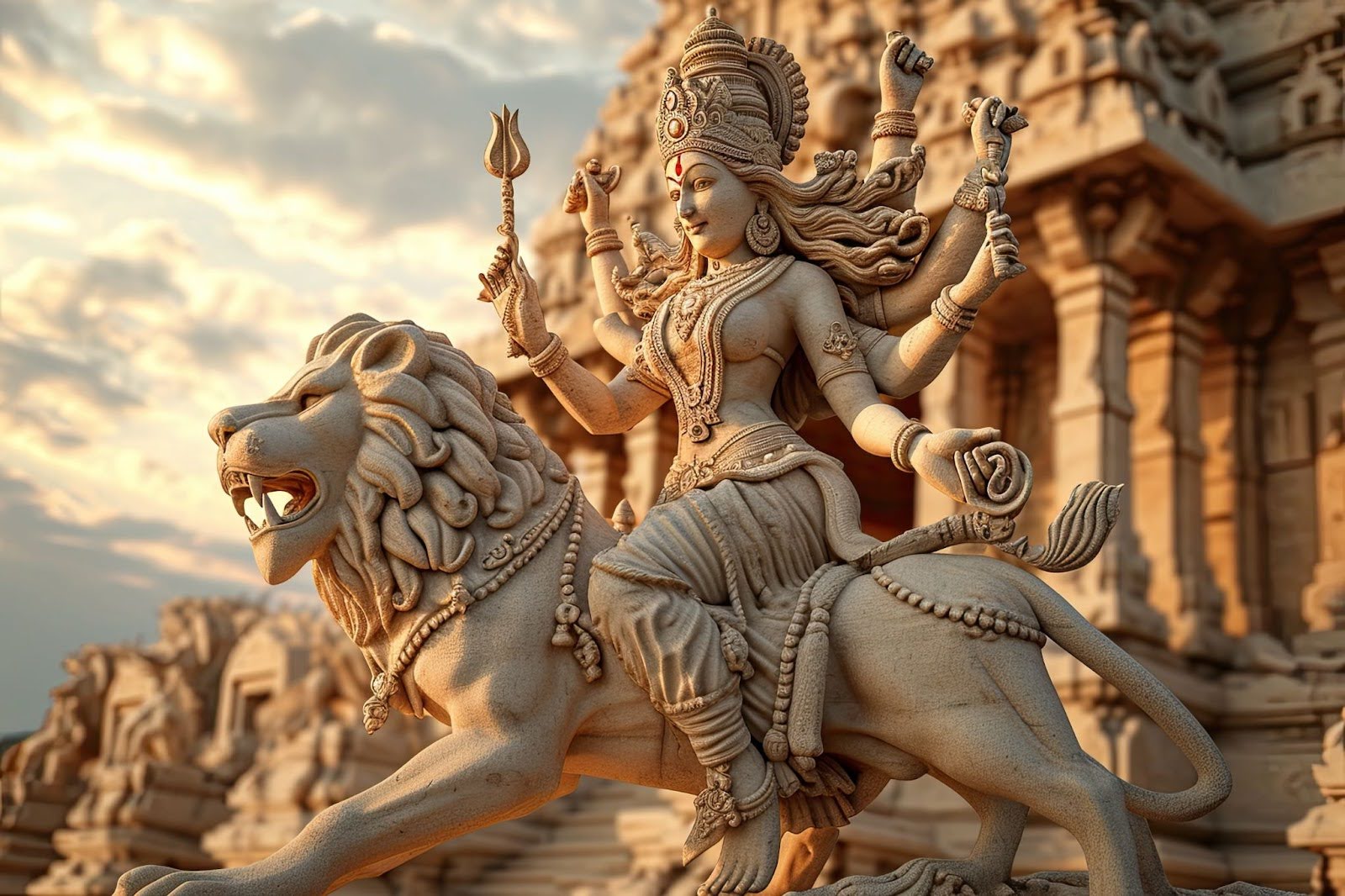India’s rich history and vibrant culture have profoundly influenced global jewelry trends. With its intricate designs, exquisite craftsmanship, and deep symbolism, Indian jewelry has left an indelible mark on the world of fashion and adornment. This article explores the significant impact of Indian jewelry on global trends, tracing its journey from ancient traditions to contemporary styles.
Ancient Roots: A Legacy of Craftsmanship
India’s jewelry tradition dates back thousands of years, with archaeological findings revealing the use of gold, silver, and gemstones in ancient civilizations like the Indus Valley. These early pieces were not only decorative but also held spiritual and cultural significance.
1. Temple Jewelry:
Temple jewelry, characterized by its elaborate designs and religious motifs, has been a cornerstone of Indian craftsmanship. Originally used to adorn deities in temples, this style features gold, diamonds, rubies, emeralds, and pearls. The intricate carvings and detailed work have inspired jewelers worldwide, leading to a resurgence of ornate and symbolic designs in global markets.
2. Vedic Period Jewelry:
During the Vedic period, jewelry was not just an adornment but also a symbol of status, wealth, and spirituality. Gold was considered sacred, and its use was prevalent in various forms, including necklaces, earrings, and bracelets. The designs often incorporated motifs from nature and mythology, with an emphasis on symmetry and balance. The influence of Vedic period jewelry can be seen in the continued use of traditional motifs and gold in contemporary designs.
3. Gupta Period Jewelry:
The Gupta period is often referred to as the Golden Age of India, and this era saw significant advancements in art and culture, including jewelry design. Gupta jewelry is known for its refinement and elegance, featuring intricate gold work and the extensive use of precious stones. Techniques like granulation and filigree were perfected during this time, and these styles have been revived and adapted by modern jewelers around the world.
The Rise of Indian Jewelry in Global Fashion
Indian jewelry gained international recognition in the 20th century, thanks to its unique designs and cultural significance. As global fashion evolved, Indian influences became more prominent, shaping trends and setting new standards in the jewelry industry.
1. Bollywood and Hollywood:
The influence of Bollywood cannot be understated when it comes to popularizing Indian jewelry. Bollywood films, with their extravagant costumes and jewelry, have captured the imagination of audiences worldwide. Hollywood, too, has embraced Indian jewelry, with celebrities donning intricate pieces at red carpet events, further boosting its global appeal.
2. International Fashion Shows:
Indian designers and jewelers have made significant strides on the international stage, showcasing their creations at prestigious fashion shows. Brands like Sabyasachi and Amrapali have gained acclaim for their exquisite craftsmanship and innovative designs, blending traditional Indian elements with contemporary aesthetics. These showcases have introduced global audiences to the richness and diversity of Indian jewelry.
Key Elements of Indian Jewelry Influencing Global Trends
Several distinct elements of Indian jewelry have found their way into global trends, each bringing a unique flavor and aesthetic to contemporary designs.
1. Kundan and Polki:
Kundan and polki jewelry, characterized by their uncut diamonds set in gold, have become immensely popular worldwide. These traditional techniques, which date back to ancient India, are prized for their timeless elegance and intricate craftsmanship. Modern designers have adapted these styles to create pieces that resonate with a global audience, combining traditional craftsmanship with modern sensibilities.
2. Meenakari:
Meenakari, the art of enameling, adds vibrant colors to jewelry, creating visually stunning pieces. Originating in Rajasthan, this technique involves coating gold with colorful enamel designs. Meenakari jewelry has inspired global designers to experiment with color and pattern, leading to a fusion of styles that celebrate both tradition and innovation.
3. Jhumkas and Chandbalis:
Traditional earrings like jhumkas (bell-shaped earrings) and chandbalis (moon-shaped earrings) have transcended cultural boundaries to become fashionable statements worldwide. Their distinctive shapes and intricate designs add a touch of exotic elegance to any ensemble. These earrings have been embraced by global fashionistas, appearing in collections from renowned designers and high-street brands alike.
Modern Interpretations and Innovations
The global jewelry industry continues to be influenced by Indian traditions, with modern interpretations and innovations bringing new life to ancient techniques.
1. Sustainable Practices:
Indian jewelers are increasingly adopting sustainable and ethical practices, aligning with global trends toward responsible consumption. This shift is influencing global jewelry trends, with a growing emphasis on ethical sourcing, recycling, and fair trade practices. Indian designers are at the forefront of this movement, creating pieces that are not only beautiful but also environmentally and socially conscious.
2. Fusion Styles:
Contemporary designers are blending Indian motifs with Western styles, creating fusion jewelry that appeals to a diverse audience. This cross-cultural approach has led to innovative designs that celebrate the best of both worlds, incorporating traditional Indian craftsmanship with modern aesthetics. The result is a dynamic and evolving jewelry landscape that reflects the global nature of fashion.
Conclusion
India’s influence on global jewelry trends is a testament to its rich heritage and unparalleled craftsmanship. From ancient temple jewelry to modern fusion styles, Indian jewelry continues to inspire and captivate audiences worldwide. As the global jewelry industry evolves, the timeless allure of Indian designs remains a powerful force, celebrating the artistry, culture, and innovation that define this extraordinary tradition.

Brijesh brings a decade of experience in SEO and a deep love for jewelry to his writing. He excels at creating content that shines both on the page and in search engines, ensuring every story about gems and craftsmanship reaches the right audience.





